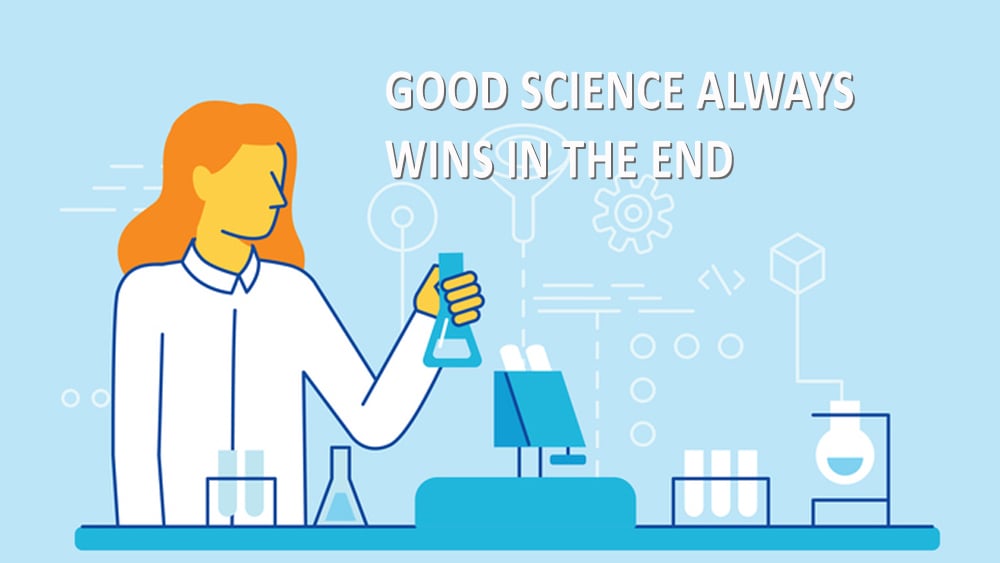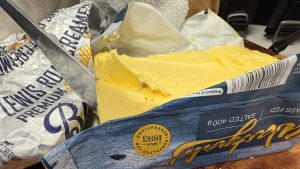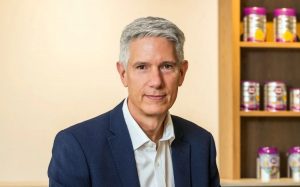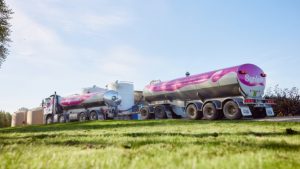
I have been involved with the A2 milk journey since 2004 when I first started writing about A1 and A2 beta-casein. Then in 2007 I wrote the book ‘Devil in the Milk’ about A1 and A2 beta-casein and the associated milk politics. That caused quite some controversy. An American edition followed in 2009, then a New Zealand update was published in 2010, and then in 2018 there was a Russian language edition. There were also requests more recently for an edition in other languages, but I turned those down because I knew that a totally new version was required to bring things up to date.
I had planned for that to be written in 2023, but my own health issues got in the way and it is still sitting on the back burner. Time will tell.
In the meantime, my recent article on Synlait and its problems, including the disagreements between Synlait and The a2 Milk Company, has led to email correspondence with readers asking: what is happening within the overarching A2 milk category? It seems to have gone quiet, they say.
Yes, it has gone relatively quiet, but it is far from dead. The supermarket where my family buys milk sells three brands of A2 milk, sourced from three different suppliers, these being Fonterra, Lewis Road and Fresha Valley. There is also a broad range of micro brands at regional level. There are at least three brands of A2 infant formula sold in New Zealand, and there is A2 ice cream from Appleby in both my supermarket and in my fridge.
First, some clarity on the difference between ‘a2 Milk’ and ‘A2 milk’. The first of these terms with the small ‘a’ is a trademark of ‘The a2 Milk Company’ who pioneered the concept of A2 milk both in New Zealand and globally. In contrast, ‘A2 milk’ with a capital ‘A’ is a generic category of milk where all of the beta-casein is of the A2-type.
The term ‘A2 milk’ is a term that I and others were using long before the trademark ‘a2 Milk’ came into existence. Accordingly, and linked also to A2 being the original natural form of beta-casein, there are no patents relating to the milk itself. Hence, there should also be no trademarks preventing any dairy company from marketing milk labelled as ‘A2 milk’ as long as it is free of A1 beta-casein.
However, The a2 Milk Company is very litigious and new entrants to the category do get a ‘cease and desist’ letter for using ‘A2 milk’ to describe their products.
Small companies are typically scared to take on a company like The a2 Milk Company, which has more than $750 million in the bank, no debt, and is now back in the NZX10. So, often they try to avoid the threat by using terms like ‘A2 protein’ ‘or A2 infant formula’.
The a2 Milk Company still likes to throw its weight around in regard to whether those terminologies are acceptable, but it did lose two recent contests about A2 trademarks with Danone and Theland. We may not have heard the end of the trademark disputes.
The renaming of ‘A2 Corporation’ to ‘The a2 Milk Company’ and the registration of ‘a2 Milk’ as a trademark was a clever commercial ploy, which arguably should never have been accepted, given the confusion it creates. Fonterra also uses the same ‘a2’ trademark but that is under licence from ‘The a2 Milk Company’.
The key point to remember here is that in anything I write, the use of ‘A2’ or ‘A2 milk’ refers to a category of milk where all the beta-casein is of the A2-type. Any term using ‘a2’ by itself, or at the start of a word, refers to products of The a2 Milk Company or other companies that it has licensed. For example, Fonterra’s a2-labelled milk is produced by Fonterra itself, but Fonterra pays a fee to The a2 Milk Company to use the trademark.
The a2 Milk Company, the biggest A2 marketer in the game, currently purchases all of its infant formula in a consumer-ready state from Synlait. It is currently the fifth largest marketer across all infant-formula categories in China, not just the A2 category.
After exceptional growth between 2010 and 2018, such that The a2 Milk Company was the largest company on the New Zealand stock exchange of any type, things have definitely quietened down. There are at least four contributing reasons for this.
The first reason was that a2 Milk was hit hard by COVID. They had been very entrepreneurial in their alliance with daigou who were local Australian Chinese in Australia who themselves wished to send the product to China-based colleagues. With COVID, this trade fell apart.
The second reason is that only limited clinical research has been undertaken recently. This is in part because A2 products cannot be patented as such. So, no dairy company is willing to fund major research that other dairy companies will also benefit from. Also, lack of patents means that none of the pharmaceutical companies that fund development of new drugs are going to research the health implications of A1 versus A2 beta-casein.
The third reason is that most global dairy companies are in the A2 business purely for risk-management reasons. They cannot afford not to have A2 products in case the A2 message suddenly becomes dominant in the media and they are left behind. With the exception of The a2 Milk Company whose business is solely related to A2 products, and similarly with several niche companies, life would be simpler for dairy companies if the issue simply went away.
The fourth reason is that most of the health conditions linked to A1 beta-casein are chronic conditions. This means they result from long-term exposure. This makes it very difficult to do clinical trials. This is the same reason that clinical trials have never proved that smoking causes cancer, and hence why it took so many decades for powerful smoking-related health messages to become effective. It makes for a long journey.
As well as authoring many A2 articles for farmers and consumers, I have also, over the years and as someone who likes to cross the boundaries between economics and science, co-authored six peer-reviewed papers in medical and nutrition journals on A1 and A2 beta-casein. My latest peer-reviewed paper, in this case single-authored, was published in 2021 in the International Journal of Environmental Research and Public Health. So far, according to Google Scholar, it has in just over two years picked up 17 citations within other scientific papers, where those authors are writing about their own work. Most of my co-authored scientific papers in medical and nutrition journals, published somewhat earlier, have now picked up over 100 citations, with one paper from 2015 totalling more than 200. That seems to say that the A2 issue is far from dead among the medical and nutrition fraternity, and with good reason.
It would be fair to say that most of the scientific beta-casein papers I am associated with initially went against mainstream wisdom. That has gradually changed as others have built on the work we reported.
One of the initial criticisms of the work on A1 versus A2 beta-casein was that it was supposedly highly unlikely that beta-casomorphin7, which is the opioid released from A1 beta-casein, could get through into the human bloodstream. That is now well proven. We also know the factors that influence whether this will occur.
There was also great scepticism whether beta-casomorphin7, if it did get into the bloodstream, could affect so many different organs of the body. However, it is now well understood that most organs of the body, including the pancreas, heart, lungs, kidney, brain and peripheral organs, all have mu-opioid receptors to which the beta-casomorphin7, being itself a mu-opioid, is highly attracted. How that then plays out depends on the individual genetics of the person. Just like with any drug, both the main-effects and the side-effects do vary from person to person.
The areas where it has been easiest to conduct clinical trials relate to digestive effects, reaction time and brain fog. This is because the effects occur within minutes and hours. It is therefore feasible to measure these effects directly in humans.
The irony is that although scientific knowledge continues to build, that information is not yet transferring efficiently to the general population. Another irony is that New Zealand is further down the track of dairy-herd conversion to produce milk free of A1 beta-casein than any other developed country. It could have been a winner.
A third irony is that human milk is of the A2-type, as is sheep milk, goat milk, and indeed all mammals apart from the European breeds of cattle, where an ancient mutation has caused many modern dairy cows to produce A1 beta-casein.
Good science always wins out in the long run, but it can be a long journey with many twists and turns.
*Keith Woodford was Professor of Farm Management and Agribusiness at Lincoln University for 15 years through to 2015. He is now Principal Consultant at AgriFood Systems Ltd. You can contact him directly here.

























